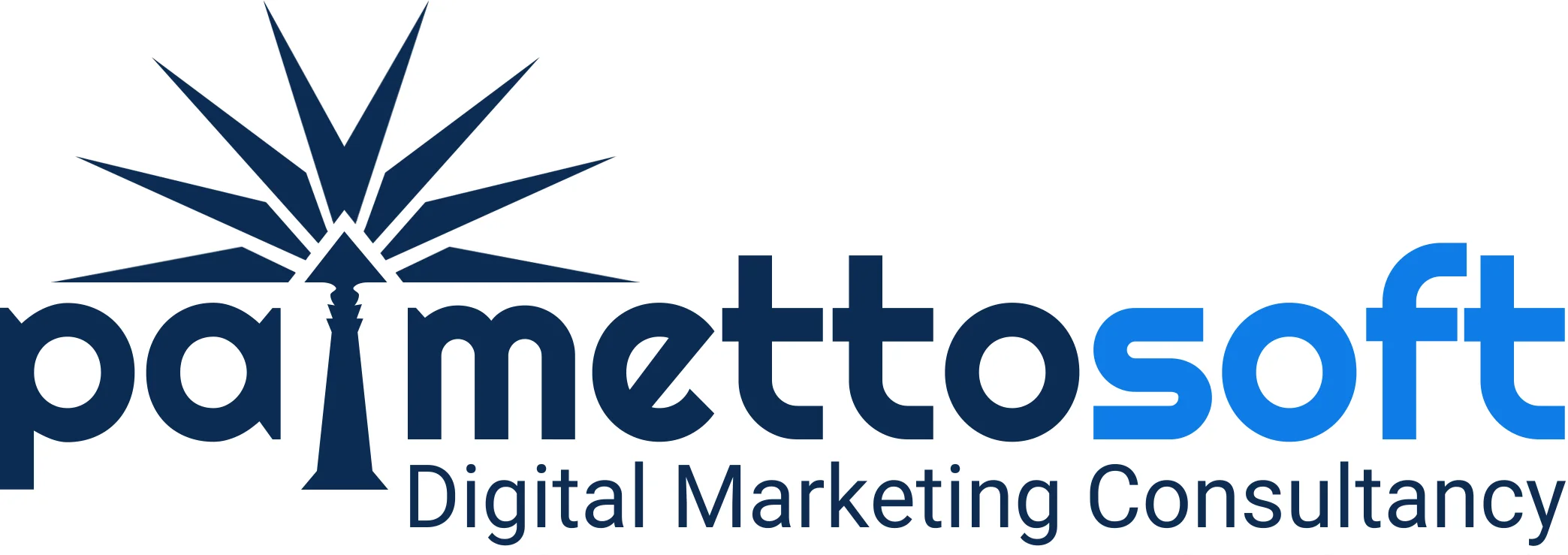In the intricate world of web design, every step of the process builds upon the previous one, ultimately leading to a fully functional, aesthetically pleasing website. Following the detailed design and mockup stages, the seventh step in the web design process is development. This is where the visual elements and plans crafted in earlier phases come to life through coding and technical implementation. In this blog post, we’ll explore the development stage in depth, breaking down its significance, the technologies involved, and best practices for ensuring a successful outcome.
What is the Development Stage?
The development stage of web design is where the website’s visual design is translated into code, creating the actual, interactive website that users will experience. This phase involves writing the HTML, CSS, and JavaScript needed to render the design in a web browser, as well as implementing backend functionality if the site requires it. It’s a technical process that transforms static mockups into dynamic, responsive, and functional web pages.
The Role of Development in the Web Design Process
The development phase is crucial because it turns design concepts into a reality that users can interact with. It serves several key purposes:
1. Functionality Implementation:
All the interactive features envisioned during the design phase, such as navigation menus, forms, and sliders, are coded during development. This is where the site’s functionality is fully realized, ensuring that it not only looks good but also performs well.
2. Cross-Browser and Cross-Device Compatibility:
Developers ensure that the website functions consistently across various browsers (Chrome, Firefox, Safari, etc.) and devices (desktops, tablets, smartphones). This step is vital for delivering a seamless user experience, regardless of the platform.
3. Backend Integration:
For websites that require dynamic content or user interaction, backend development is integrated at this stage. This includes setting up databases, server-side scripting, content management systems (CMS), and API integrations. These components are crucial for sites that need to handle user data, process transactions, or manage content dynamically.
4. Optimization:
Developers also focus on optimizing the website’s performance during this stage. This involves minimizing code, optimizing images, and ensuring that the website loads quickly and efficiently. A well-optimized website not only improves user experience but also contributes to better search engine rankings.
Key Components of the Development Phase
The development phase is multi-faceted, involving both front-end and back-end development. Here’s a closer look at the key components:
1. Front-End Development:
This aspect of development focuses on the client side of the website – the part that users interact with directly. Front-end developers use HTML, CSS, and JavaScript to bring the visual design to life. They are responsible for ensuring that the site is visually consistent with the mockups, responsive across different devices, and interactive in the ways that the design intended.
2. Back-End Development:
Back-end development handles the server side of the website, dealing with databases, server logic, and application programming interfaces (APIs). Back-end developers ensure that the site can handle dynamic content, process user inputs, and interact with other systems as required. They work with languages like PHP, Ruby, Python, or Node.js, and manage databases using SQL or NoSQL solutions.
3. Content Management System (CMS) Integration:
For many websites, especially those that require frequent content updates, a CMS is integrated during development. Popular CMS platforms like WordPress, Joomla, or Drupal are implemented to allow non-technical users to easily manage the site’s content.
4. Testing and Debugging:
Before a website goes live, it undergoes rigorous testing. Developers test the site across multiple browsers, devices, and screen sizes to ensure compatibility and responsiveness. They also debug any issues that arise, such as broken links, slow load times, or visual inconsistencies. Testing includes both manual checks and automated tools to ensure thorough quality assurance.
5. Version Control:
Developers typically use version control systems like Git during the development process. Version control allows multiple developers to work on the same project simultaneously, track changes, and revert to previous versions if necessary. This is essential for maintaining the integrity of the codebase and ensuring smooth collaboration.
Tools and Technologies Used in Development
Web development relies on a wide array of tools and technologies, each serving a specific purpose in the creation of a website:
1. HTML/CSS/JavaScript:
These are the foundational languages of front-end development. HTML structures the content, CSS styles it, and JavaScript adds interactivity.
2. Frameworks and Libraries:
Tools like Bootstrap (for CSS), React (for JavaScript), and Laravel (for PHP) streamline development by providing pre-built components and standardized practices. They help developers build robust, maintainable code more efficiently.
3. Version Control Systems:
As mentioned, Git is widely used in development. It allows developers to manage code changes, collaborate effectively, and maintain a history of the project’s progress.
4. Integrated Development Environments (IDEs):
Tools like Visual Studio Code, Sublime Text, or Atom provide a comprehensive environment for coding, debugging, and testing. These IDEs often come with features like syntax highlighting, error detection, and integrations with other tools.
5. Testing Tools:
Automated testing tools such as Selenium, BrowserStack, and Lighthouse are used to ensure the website performs well across different environments and adheres to best practices for performance, accessibility, and SEO.
Best Practices for the Development Stage
To ensure a smooth and successful development phase, it’s important to follow best practices:
1. Maintain Clear Communication:
Keep communication open between developers, designers, and stakeholders throughout the development process. This helps avoid misunderstandings and ensures that the project stays on track.
2. Prioritize Responsive Design:
With the increasing diversity of devices, responsive design is no longer optional. Ensure that the website is fully responsive, providing a seamless experience on all screen sizes.
3. Focus on Performance Optimization:
Optimize images, minify code, and leverage browser caching to enhance website performance. A fast-loading website is crucial for user satisfaction and SEO.
4. Implement Thorough Testing:
Don’t skimp on testing. Test early and often to catch issues before they become major problems. This includes both manual testing and automated testing tools.
5. Document Your Code:
Proper documentation is essential for maintaining and updating the website in the future. Clearly comment your code and provide documentation for complex features to ensure that other developers can easily understand and work with it.
Conclusion
The development phase is where the web design process truly comes to life, transforming static designs into interactive, functional websites. By combining front-end and back-end development, integrating necessary tools, and adhering to best practices, developers can create websites that are not only visually appealing but also robust, responsive, and user-friendly. Whether you’re developing a simple blog or a complex e-commerce platform, mastering the development phase is crucial for delivering a successful project.
Related Posts:
Web Design Process: Gathering Requirements
Web Design Process: Crafting the Proposal
Web Design Process: Crafting an Effective Navigation Summary
Web Design Process: The Importance of Wireframing
Web Design Process: The Importance of Content Collection
Web Design Process: Mastering Mockup Design
Web Design Process: The Importance of Rigorous Testing
Web Design Process: Crafting Effective Prototypes
Web Design Process: Successfully Launching Your Website









